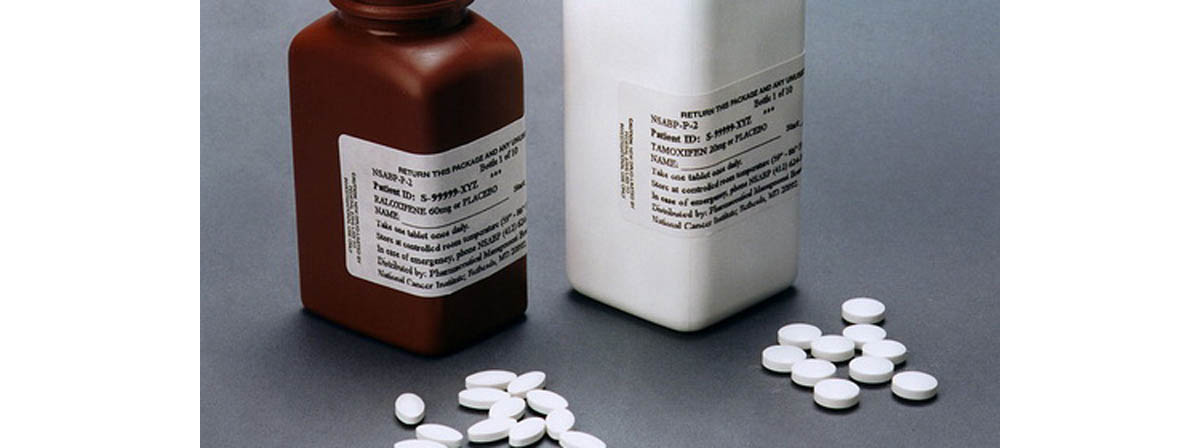Table of Contents
In high-risk women, tamoxifen lowers the risk of breast cancer by about 50%. In the same risk group, raloxifene lowers the risk of breast cancer by about 40%.

Keep in mind that cutting the "high risk" of breast cancer in half can mean reducing a risk of a little less than 2% to a risk of a little less than 1%. These numbers only apply to women who have not already had the disease. It's primarily women at "higher high risk" that really benefit from the drugs.
Also the drugs are most useful in women who have particularly high risk for cancer. The latest guidelines, issued 24 September 2013, find that among women who have still have the uterus:
- Benefits of tamoxifen outweigh risks only for women who have a 4.5% chance of breast cancer and who are between 50 and 60 years old. Older women usually do not benefit from this drug.
- Benefits of raloxifene outweight risks for women who have a 3.5% chance of breast cancer and who are in their 50's, but only the highest-risk women in their 60's and 70's.
The drugs are slightly more useful in women who do not have a uterus. Among women who have had hysterectomies:
- Benefits of tamoxifen outweigh risks for women who have a 3.5% chance of breast cancer, but only for women who are in their 50's.
- Almost all women who do not have an intact uterus get some net benefits from taking raloxifene, except for lowest-risk women in their 70's.
These may be less effective in Black women than white.
Women who should never use tamoxifen include those who:
- Have been diagnosed with any form of endometrial cancer.
- Have taken or are taking any kind of blood thinner to prevent or treat blood clots.
- Are pregnant or breast feeding.
- Are younger than 35.
- Are older than 60 and average or low risk for breast cancer.
- Smoke, since smoking further increases the risk of blood clots.
- Have or have had high blood pressure or diabetes or who are or have been overweight.
- Are taking any kind of hormone replacement therapy.
Women who should never use raloxifene include those who:
- Have ever had blood clots that required medical treatment.
- Have ever been diagnosed with a coagulation disorder.
- Have ever been diagnosed with any form of endometrial cancer. The increased risk of uterine cancer and endometrial cancer with the use of raloxifene is less than it is with the use of tamoxifen, but it is not zero.
- Who have not gone through menopause.
- Are younger than 35.
- Are older than 60 and at less than high risk for breast cancer.
- Are taking estrogen replacement therapy or any other kind of hormone replacement therapy.
For "average risk" women, the new guidelines confirm, the dangers of the drugs outweigh their benefits in preventing cancer. Doctors have ways of reducing side effects and increasing efficacy of these medications for many women, however, so if you are concerned about your personal risk of breast cancer, see your physician.
- Meyer VA. Medications for Risk Reduction of Primary Breast Cancer in Women: U.S. Preventive Services Task Force Recommendation Statement. Ann Intern Med. Published online 24 September 2013 doi:10.7326/0003-4819-159-10-201311190-00718.
- Photo courtesy of Jenny Mealing by Flickr : www.flickr.com/photos/jennifrog/3064534119/
- Photo courtesy of Bill Branson by Wikimedia Commons : commons.wikimedia.org/wiki/File%3ATamoxifen_Raloxifen_nci-vol-2738-300.jpg


Your thoughts on this